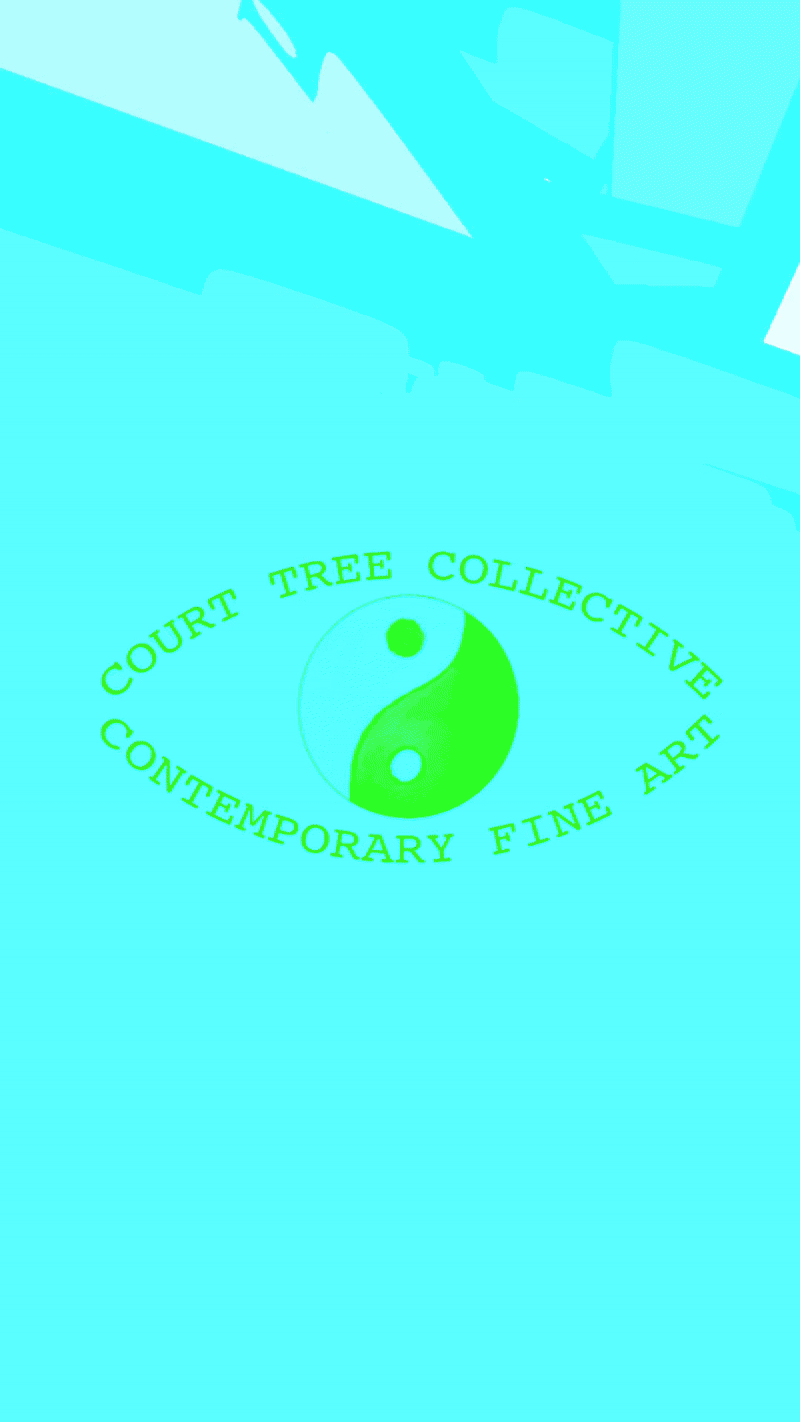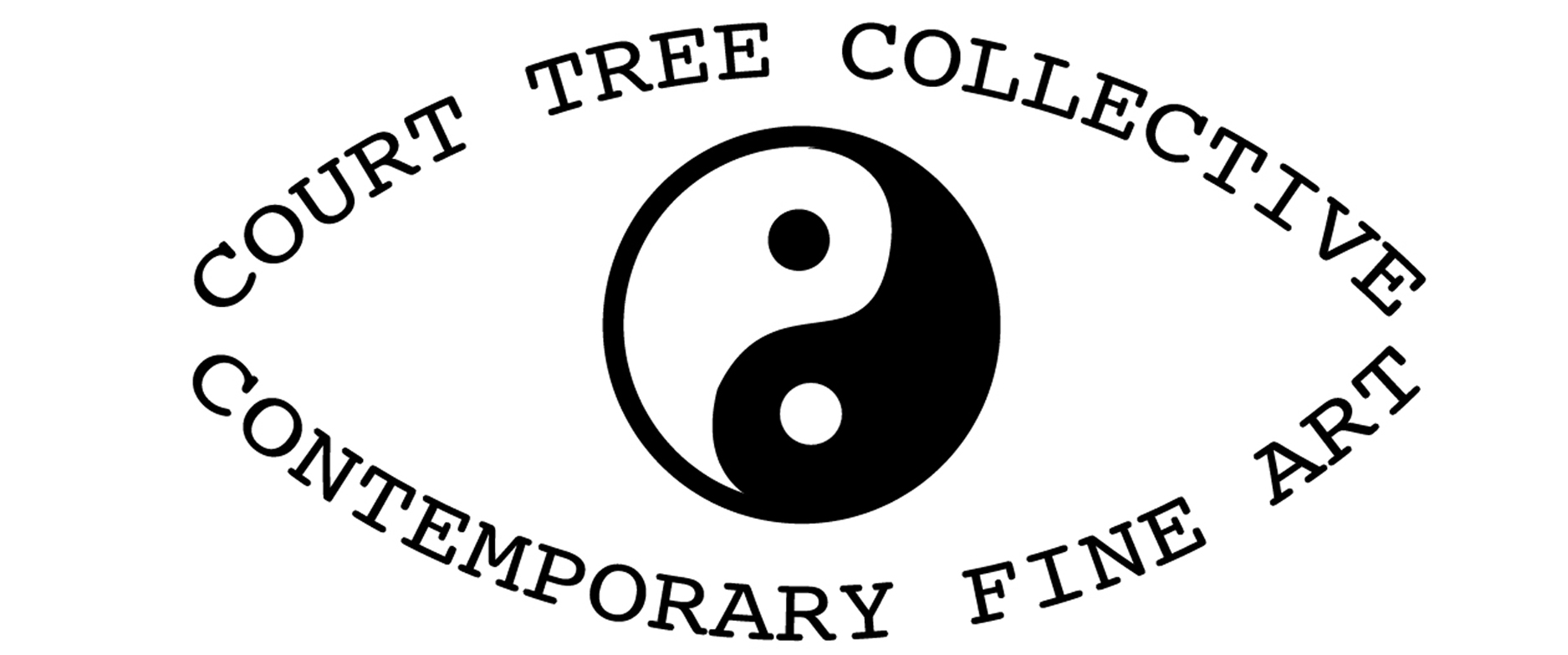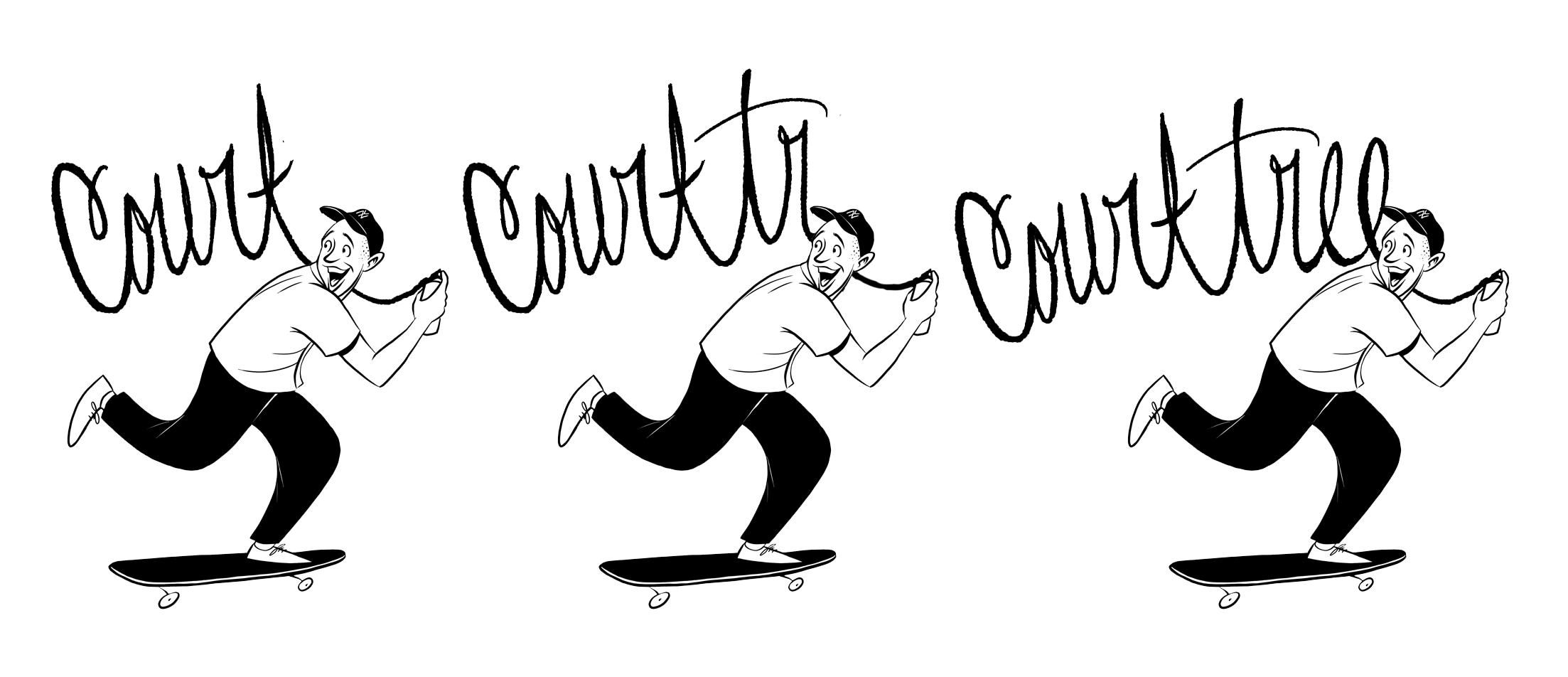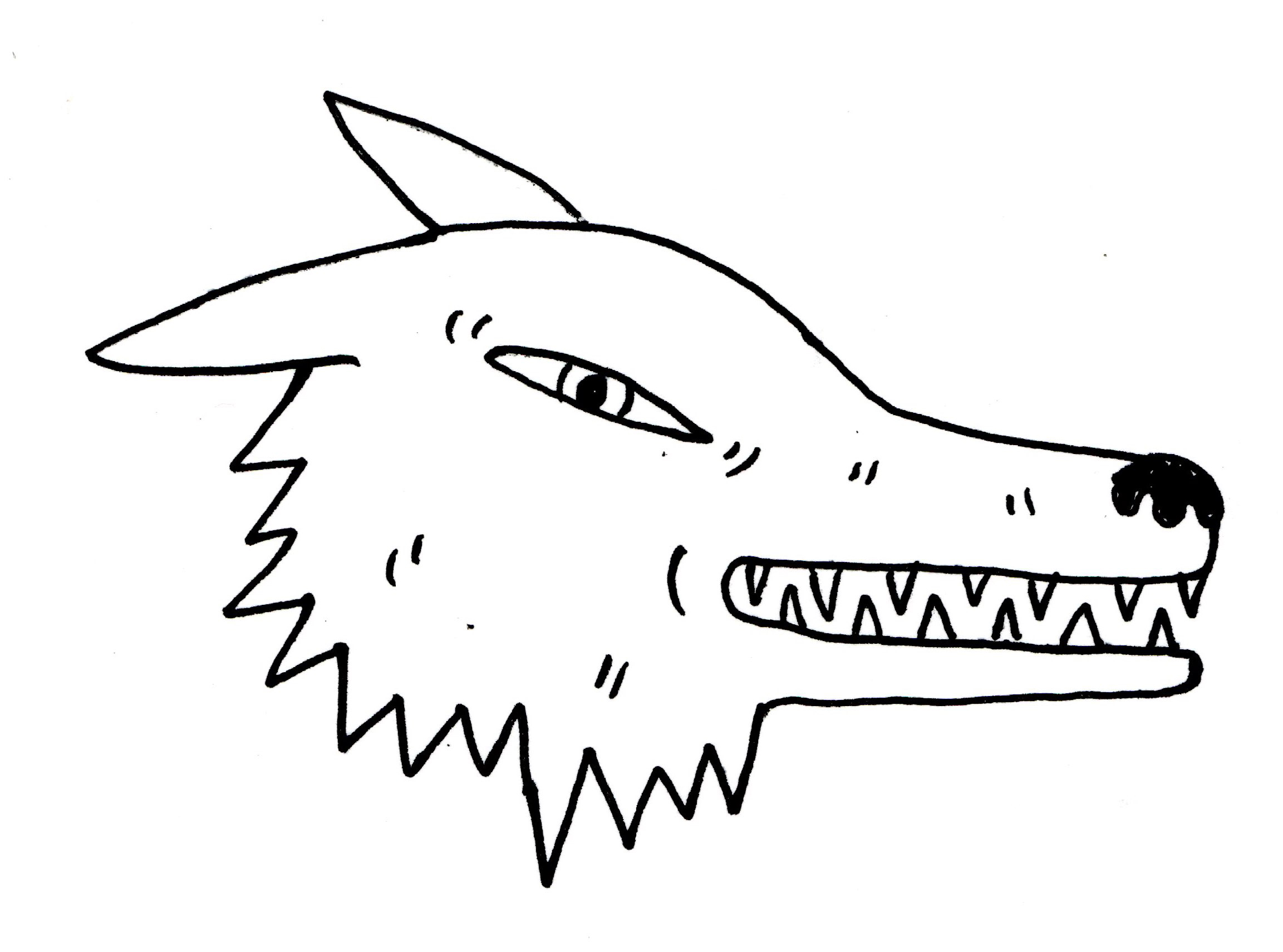Jung Eun Park

You studied painting in Seoul and New York. How did your painting develop differently in either place?
Drawing on paper has always been the primary medium, and the material I used has not changed that much. If I look at the past work in Seoul, I was more open to working with various mediums, such as making a soft sculpture and an installation with mixed media, and creating a video work. Since I came to New York, I started focusing more on drawing. The most noticeable change seems to be the content of the work. If I was interested in my origin, identity, and woman’s body in my early work, the new environment of living far away from my family led me to become more interested in the meaning of home, relationships with people, and my mind states.
Even though you studied painting, your works often have little paint, and emphasize other materials like pencil, string, and dye. What motivates your minimal use of paint? What can you do with these other materials that you can’t do with painting?
My very early work was based on my mother’s diary she wrote while conceiving me. She gave me this diary when I started my own art, and it had a great influence on my work conceptually and visually. Her handwriting on the old faded paper was aesthetically so attractive. It was where I naturally chose paper and pencil, which were the most basic and familiar materials to me. Just like writing my memory, I symbolized the intimate story and the emotion on my drawing, and limited the use of colors or paints that are not necessary for the content. In that way, I believe my drawings can have more universal languages and leave some room for the viewers to imagine. These materials I choose create warmth that cannot be done with painting. I also like its honesty that doesn’t make any accidental aspect. However, I am always open to other materials, and one day I may paint or use different mediums when I want to talk about other things in my work.
Your works are strongly geometric, with polygons like pentagons and parallelograms. But the straight lines and shapes are often broken up by another contrasting element, like leafy plant life, branches, and loose string. Are you interested in the contrast between order and disorder?
I mostly drew organic shapes before starting the “Missing Home” series. As I simplified and symbolized found objects and architectural elements from my daily life, I naturally drew a lot of geometric shapes. I like working with symbolic forms that create different stories depending on how they meet with other elements like grass, bricks, and branches. For example, the trapezoids I often draw become a roof, a skirt, a pot, or a boat in my work. These pictogram-like shapes are altered conceptually in my drawing so that their meanings and original uses are re-purposed. I’m interested in how these architectural shapes and organic elements harmonize and convey the story.
Many of your pentagon-houses have minuscule, peg-like legs. What do these legs mean? Are you trying to animate the houses, or give them a sense of motion?
The first work I drew these tiny feet was “I am on my way home”. As you can read from the title, I wanted to give the house a motion that it’s going somewhere. It was the first drawing that my house was personified. Since then, I usually draw these feet to indicate their relationship and narratives.
You paint shapes containing cryptograms that appear attached to short strings. The pieces are obviously cryptic, but also somewhat foreboding and unseemly. What effect did you envision for these cryptograms?
One of the embroidery techniques called a blanket stitch inspired me to start the “Missing home” series. The connected blanket stitches in a square with red threads looked like an orange safety net to me, which is usually installed for the construction site or protects a tree on the street. I used this technique to describe the body of the house to imply a sense of protection or imprisonment.
What art movements are you influenced by? I see traces of abstract expressionism and minimalism, especially Agnes Martin in the grids.
I tend to like psychological and narrative works. The work of Louise Bourgeois and Kiki smith influenced my early works a lot. I also enjoy folk art from around the world and outsider art like Bill Traylor. In recent years, I have been finding myself more appreciating the work of abstract and minimal art. The process of simplifying and symbolizing shapes in my art practice seems to have naturally influenced me to become more interested in lines and forms. I am curious and excited to see how these changes will affect my work in the future.
You paint natural scenes, including wild plant life and snowfall. Nature figures as a
chaotic element, opposed to the geometric architecture, and yet there’s still a sense of harmony between the two. How does nature figure in your work?
A few years ago, I had a chance to live in LA for 3 years. The city was different from Seoul and New York where I spent most of my life. There was little change in weather and season, I had to drive to go somewhere and meet people. I was not used to the lifestyle in a new city, and spent most of my day working at home. At that time, what I enjoyed the most was taking a walk and seeing various plants on the street. Grass-like succulents and trimmed trees in strange shapes were everywhere on the street. It was also interesting to see that many houses had a high walls made of tall trees to block the view from the street. Observing these plants and nature every day, the growing grass began to appear in my drawing and became an important element to express my psychological states of living in a new environment. In my work, nature is the only fluid element between the lines and the architectural geometry. Nature implies my desire to
break away from the unchangeable situation, but also my hope to adapt to the daily life.
Your works evoke a sense of homesickness, of a faraway home viewed through memory. At the same time, I get the sense that the works are ambivalent about home, as the houses can seem dark and constraining. There’s homesickness and there’s the necessity to leave home. Do you see this ambivalence in your representations of home?
Over the years, the meaning of “Home” has changed in many ways. In the early years of living in the US, home was where I left, my family was, and the place where I should go back someday. I always felt that I was away from home and disconnected from my
family. In my early work, my longing for home or my desire to return was more prominent. Since I lived in the US for 16 years and got married, I found myself thinking New York is also my home. Living in between two homes, I always feel unstable and missing something. In recent work, I draw more about the missing part, recording my mindscape from everyday life in a relationship with people, objects, and environment. Like you said, I always think about leaving, but it is hesitant and frightening at the same time. This ambivalence of my mind seems to have given the home many layers of meaning in my work.
Click Here ︎ to see Jung Eun’s work.
Jung Eun’s Instagram: @j_drawinghome
Interview by Christian Prince.
@chrstn_francis




